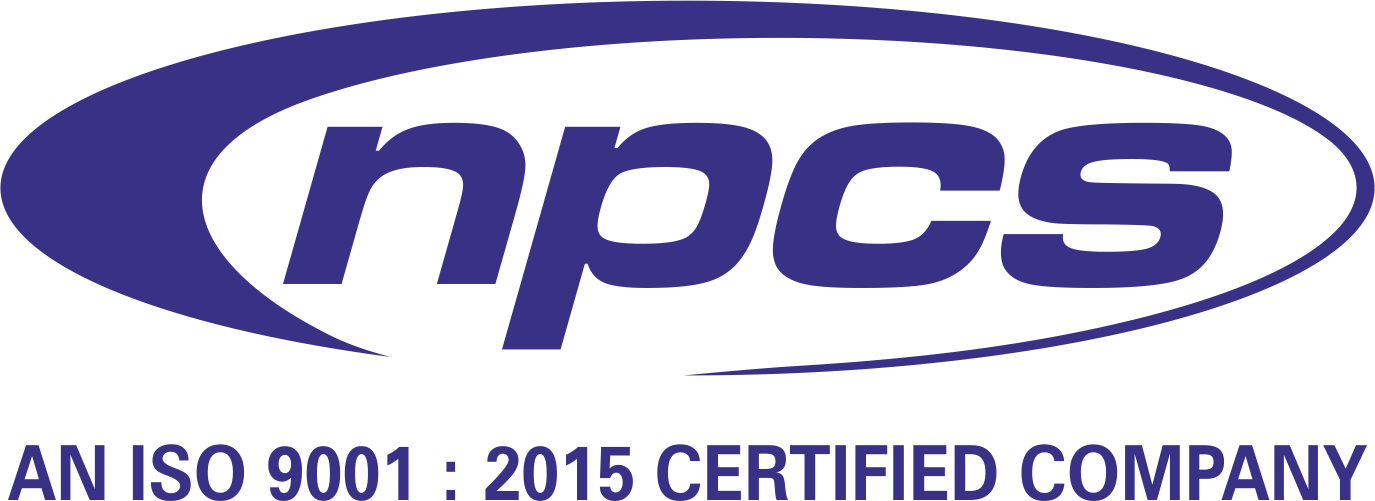The instrument cable manufacturing industry plays a critical role in modern electrical and industrial systems, connecting various electronic instruments and control devices across a broad spectrum of sectors. From automation in factories to communication systems in transportation, these cables ensure precise data transmission and seamless electrical connectivity. As technology advances and the demand for high-quality signal transmission grows, the global market for instrument cables is expected to witness robust growth in 2025 and beyond.
Market Trends and Growth Drivers in Instrument Cable Manufacturing
The global shift towards automation and smart infrastructure has placed instrument cable manufacturing at the forefront of industrial development. These cables are crucial for transmitting low-energy signals that control and monitor processes in environments like power plants, petrochemical industries, telecommunication centers, and manufacturing units.
One of the primary growth drivers is the rising adoption of Industrial Internet of Things (IIoT) technology. IIoT depends heavily on accurate, uninterrupted data transfer—something instrument cables are specifically designed for. Furthermore, as industries modernize, demand for shielded, low-noise, and interference-free cables is skyrocketing, fueling innovation and expansion in the instrument cable manufacturing sector.
Governments worldwide are investing heavily in energy infrastructure, transportation systems, and digital connectivity projects. These developments create lucrative opportunities for cable manufacturers who can meet international safety and quality standards.
Types of Instrument Cables
Instrument cables come in various designs to serve specific industrial needs. Some of the most common types include:
- Shielded Instrument Cables: Used in areas with high electromagnetic interference (EMI), providing a protective layer to prevent signal degradation.
- Unshielded Instrument Cables: More cost-effective, suitable for areas with minimal EMI.
- Armored Cables: Designed for underground or harsh environments, protected by a steel wire or tape armor.
- Multi-core Cables: Contain multiple conductors, allowing for complex wiring systems in compact spaces.
Manufacturers often customize cables based on conductor material, insulation type, shielding method, and jacket material, depending on the client’s application and environmental conditions.
Key Manufacturing Processes
Instrument cable manufacturing involves multiple stages, all of which must adhere to strict quality and safety standards. The process generally includes:
- Conductor Drawing: High-purity copper or aluminum is drawn into thin wires using wire-drawing machines.
- Stranding: Multiple wires are stranded together to increase flexibility and conductivity.
- Insulation: Each conductor is coated with insulating material (PVC, XLPE, etc.) to prevent short circuits.
- Pairing/Twisting: Conductors are twisted into pairs to reduce crosstalk and electromagnetic interference.
- Shielding: Metallic shields are applied for protection against EMI.
- Sheathing: A protective outer layer is added, often made of PVC, LSZH, or other robust materials.
- Testing and Quality Control: Finished cables undergo electrical, mechanical, and environmental testing to meet certification standards like ISO, IEC, and BS.
Automation is gradually transforming these manufacturing stages, with advanced machinery increasing precision, speed, and consistency.
Global Market Outlook for 2025
By 2025, the instrument cable manufacturing market is projected to reach unprecedented levels, driven by both domestic and international demands. Key markets include North America, Europe, Asia-Pacific, and the Middle East, with Asia-Pacific leading due to rapid industrialization in China, India, and Southeast Asia.
The increasing implementation of smart grids and digital infrastructure projects, particularly in emerging economies, will further push the demand. Meanwhile, the growing focus on sustainable manufacturing and low-smoke zero-halogen (LSZH) materials is expected to reshape the future product line-ups.
Major Players in the Industry
Several prominent companies dominate the instrument cable manufacturing space, including:
- Prysmian Group (Italy): A global leader with a vast portfolio of power and telecommunication cables.
- Belden Inc. (USA): Specializes in signal transmission solutions, including high-performance instrument cables.
- KEI Industries (India): Offers a broad range of industrial and instrumentation cables for various sectors.
- Polycab (India): Known for durable and cost-effective cable solutions.
- General Cable (USA): A part of Prysmian Group, catering to diverse industrial needs.
These companies invest heavily in R&D to develop next-generation cables that can withstand extreme environments, transmit high-speed signals, and comply with international environmental standards.
Regulatory Standards and Certification
Compliance with international standards is critical in instrument cable manufacturing, especially when serving sectors like oil & gas, pharmaceuticals, and telecommunications. Some of the major certifications include:
- ISO 9001: Quality Management Systems
- IEC 60228: Conductor standards
- BS 5308: British Standard for instrumentation cables
- RoHS Compliance: Restriction of Hazardous Substances
- REACH Regulation: EU regulation concerning chemical substances
Compliant manufacturers gain global market access and secure long-term contracts with major industries.
Challenges Faced by the Industry
Despite its promising future, the instrument cable manufacturing industry also faces certain challenges:
- Raw Material Volatility: Copper and polymer prices are highly volatile, affecting production costs.
- Counterfeit Products: The influx of substandard or fake cables in local markets can damage brand reputation and pose safety risks.
- Technological Obsolescence: Rapid advancements in digital communication require constant innovation.
- Environmental Regulations: Meeting eco-friendly standards while maintaining affordability is a difficult balance.
To overcome these hurdles, manufacturers are adopting sustainable practices, advanced testing techniques, and digital transformation across the production floor.
Opportunities in the Indian Market
India offers immense potential for instrument cable manufacturing, with infrastructure, power, and industrial sectors showing consistent growth. Government initiatives like “Make in India,” along with a booming construction and smart cities segment, are expected to create significant domestic demand.
Additionally, as India becomes a hub for pharmaceutical production and data centers, the need for high-quality, low-interference instrumentation cables will rise sharply. Local manufacturers who align their products with international benchmarks will be able to capture both domestic and export markets efficiently.
Technological Innovations
Advances in materials science and manufacturing technologies are reshaping the instrument cable manufacturing landscape. Some key innovations include:
- Nano-coatings for corrosion resistance
- AI-powered cable testing for real-time defect detection
- Smart cables embedded with sensors for performance monitoring
- Recyclable materials for environmental sustainability
These innovations not only improve the quality and lifespan of cables but also align the industry with global goals around digitization and green manufacturing.
Export Potential
Instrument cables are in high demand globally, especially in the Middle East, Africa, and Southeast Asia. India’s location and growing infrastructure make it ideal to emerge as a major export hub for these cables. Supportive government policies like PLI (Production Linked Incentive) schemes and simplified export norms are boosting this transition.
Conclusion
Instrument cable manufacturing will surge in 2025, driven by global infrastructure, smart industry upgrades, and digital transformation. Manufacturers that invest in quality, innovation, and sustainability will lead the race in both domestic and international markets. Despite the challenges, the future remains bright—anchored by strong demand, evolving technology, and strategic policy support.
Visit the page Select and Choose the Right Business Startup for You for sorting out the questions arising in your mind before starting any business and know which start-up you can plan. We, at NPCS, endeavor to make business selection a simple and convenient step for any entrepreneur/startup. Our expert team, by capitalizing on its dexterity and decade’s long experience in the field, has created a list of profitable ventures for entrepreneurs who wish to diversify or venture. The list so mentioned is updated regularly to give you a regular dose of new emerging opportunities.





